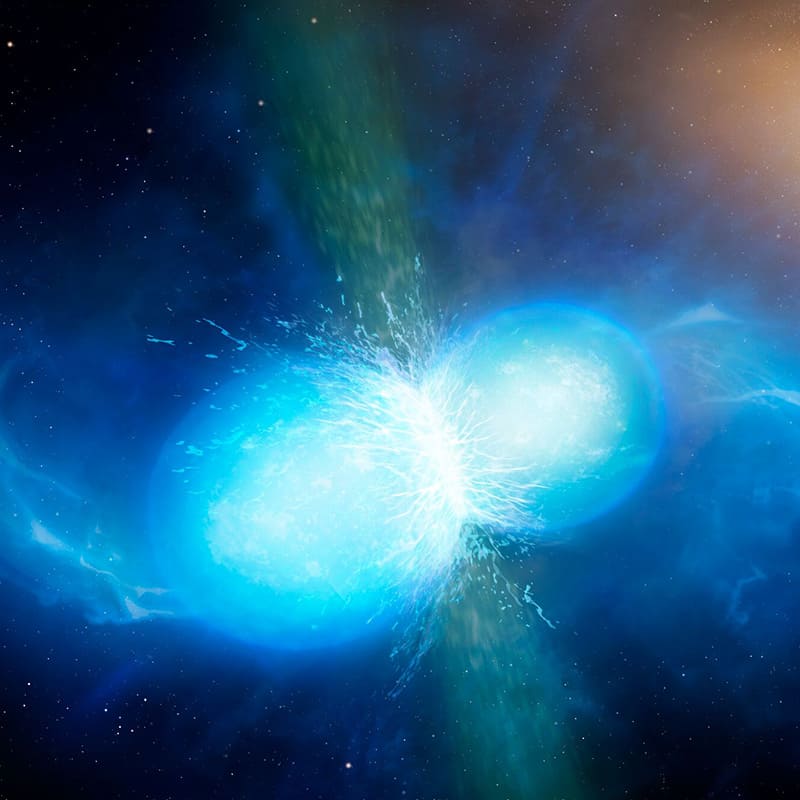
Exploring the cosmos with gravitational waves

Physics World Stories Podcast
Shownotes Transcript
To say the past couple of years have been a whirlwind for scientists engaged in gravitational-wave research would something of a cosmic understatement. After detecting its first gravitational waves in 2015), the LIGO experiment in the US went on to announce three more detections, all of them from the merger of two black holes. One of these was also detected) by the Virgo experiment in Italy. This October Rainer Weiss, Barry Barish and Kip Thorne shared the shared the Nobel Prize for Physics) for their pioneering contributions to the field and to the LIGO detector itself.
Less than two weeks after the Nobel announcement, astronomers gathered at the Royal Society for the announcement of arguably the most significant breakthrough of all. The merger of two neutron stars was observed by the LIGO–Virgo collaboration, while gamma rays from the same event were picked up by the Fermi Gamma-ray Space Telescope. This prompted the global astronomical community to point up to 70 different telescopes and detectors around the world, and in space, at the origin of the signals in a distant galaxy – building a detailed picture of the collision and its aftermath.
Glester was at that latest announcement at the Royal Society to soak up the atmosphere and learn all about multimessenger astronomy. Among the people he met was the Astronomer Royal Martin Rees, whose CV also includes terms as president of the Royal Society and the Royal Astronomical Society. Rees hails the latest result as “sociologically very important” because it demonstrates international collaboration between teams of scientists and engineers to achieve measurements of phenomenal precision. “It illustrates how astronomy is a very broadly based international and multi-technique subject,” he says.
As the editor of physicsworld.com, Hamish Johnston, pointed out) shortly after the Nobel prize announcement, we should not forget that for millennia, humans could only see visible light from the cosmos. It is only during the last century that we have been able to view the universe across much more of the electromagnetic spectrum – as well as through the arrival of high-energy particles such as cosmic rays and neutrinos. Adding gravitational waves to the mix now brings a new way of seeing the heavens that could reveal astronomical events that had been beyond the view – and even beyond the imagination – of astrophysicists.
For a more in-depth look at the significance of these latest discoveries, take a look at Multimessenger Astronomy) by Imre Bartos of the University of Florida and Marek Kowalski of Humboldt University and DESY. Part of the Physics World Discovery series), this free-to-read ebook explores the scientific questions surrounding these new messengers and the detectors and observational techniques used to study them. It also provides an overview of current and future directions in the field.
- Neutron-star collision artwork courtesy of the University of Warwick and Mark Garlick